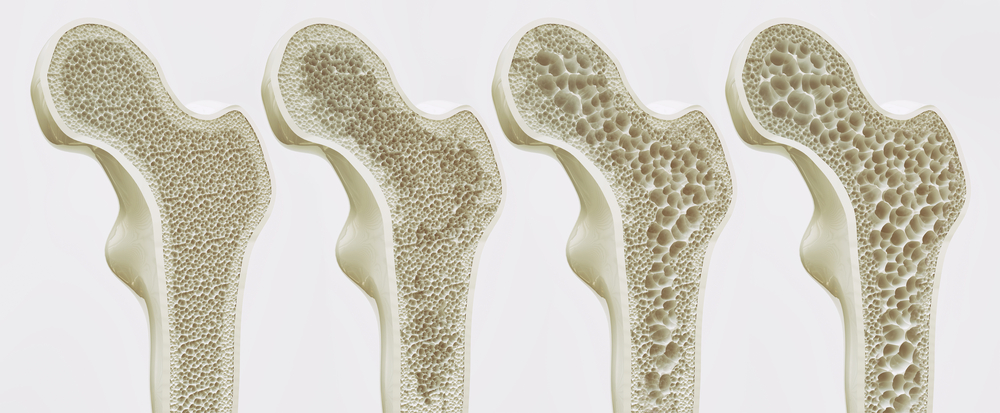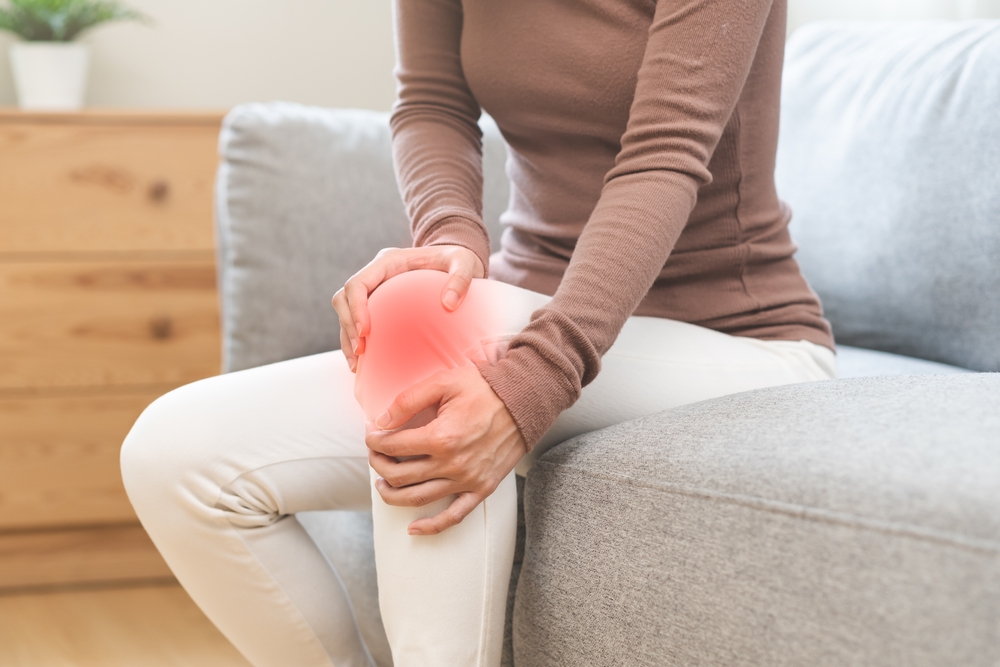This blog is the fourth part of a new series that builds upon a previous blog that discussed common chronic diseases for seniors. The fourth blog will focus on Parkinson’s disease.
Parkinson’s disease is a progressive neurological disorder that involves mental dysfunction and motor abnormalities. The most common problems are abnormal walking, poor balance, and slowed movements. It is characterized by a loss of neurons that produce dopamine in the brain region called the substantia nigra.
Risk factors include living in rural areas due to potential exposure to agricultural chemicals, head trauma, and age. Parkinson’s disease is most common in men who are older than 60 years of age.
Although the symptoms can vary from person to person, the most common are a loss of automatic movements, rigid muscles, and tremors.
There is ongoing research into ways to prevent Parkinson’s disease. Some studies have suggested that regular aerobic exercise can reduce the risk of developing the disease.
There is no cure for Parkinson’s disease. However, medications such as levodopa can help reduce symptoms. Levodopa is absorbed by neurons in the brain and eventually converted into dopamine, which is a neurotransmitter and hormone that gives you a feeling of pleasure and helps control movement.
Love them without losing yourself. The Boom Health app helps you manage your loved one’s home care in one app. Download the app from the App Store or Google Play Store.
This article is not intended to be a substitute for professional medical advice or diagnosis. Always seek the advice of your physician or another qualified health provider with any questions you may have regarding a medical condition.





